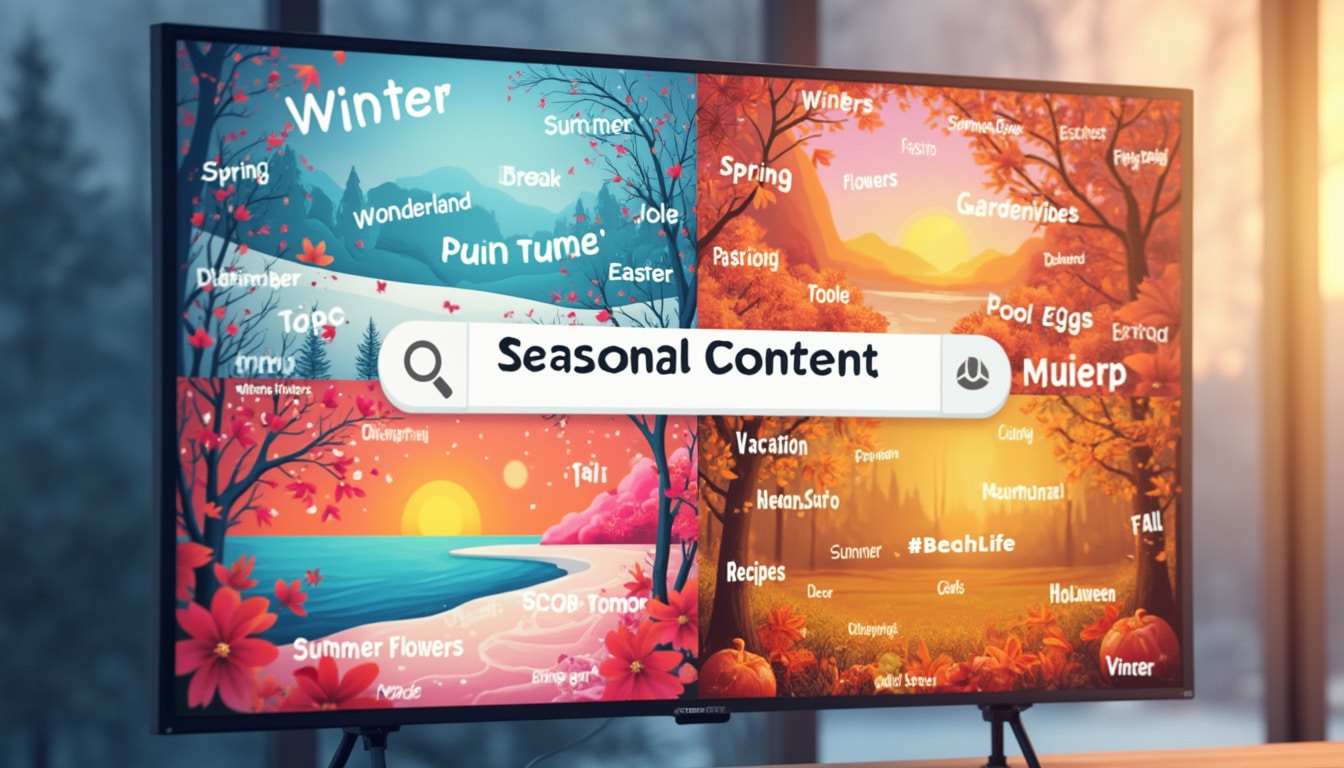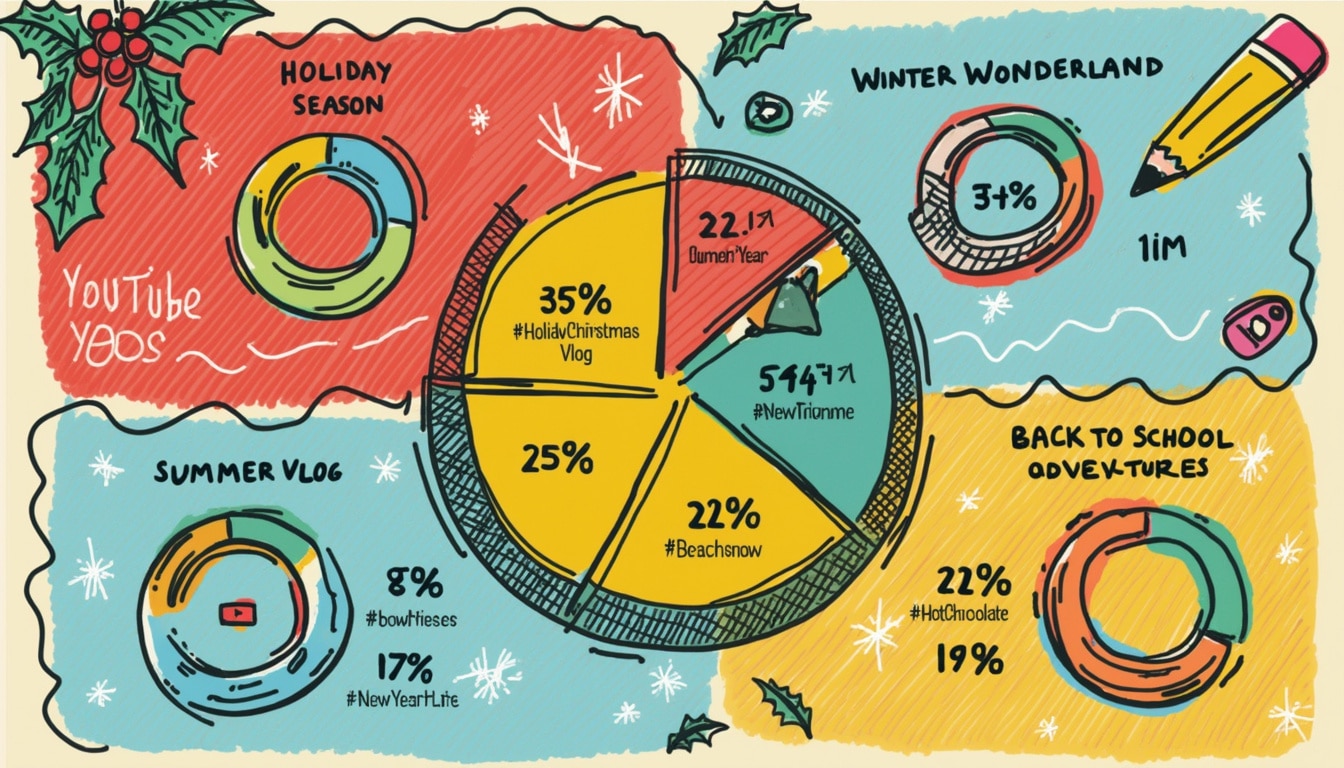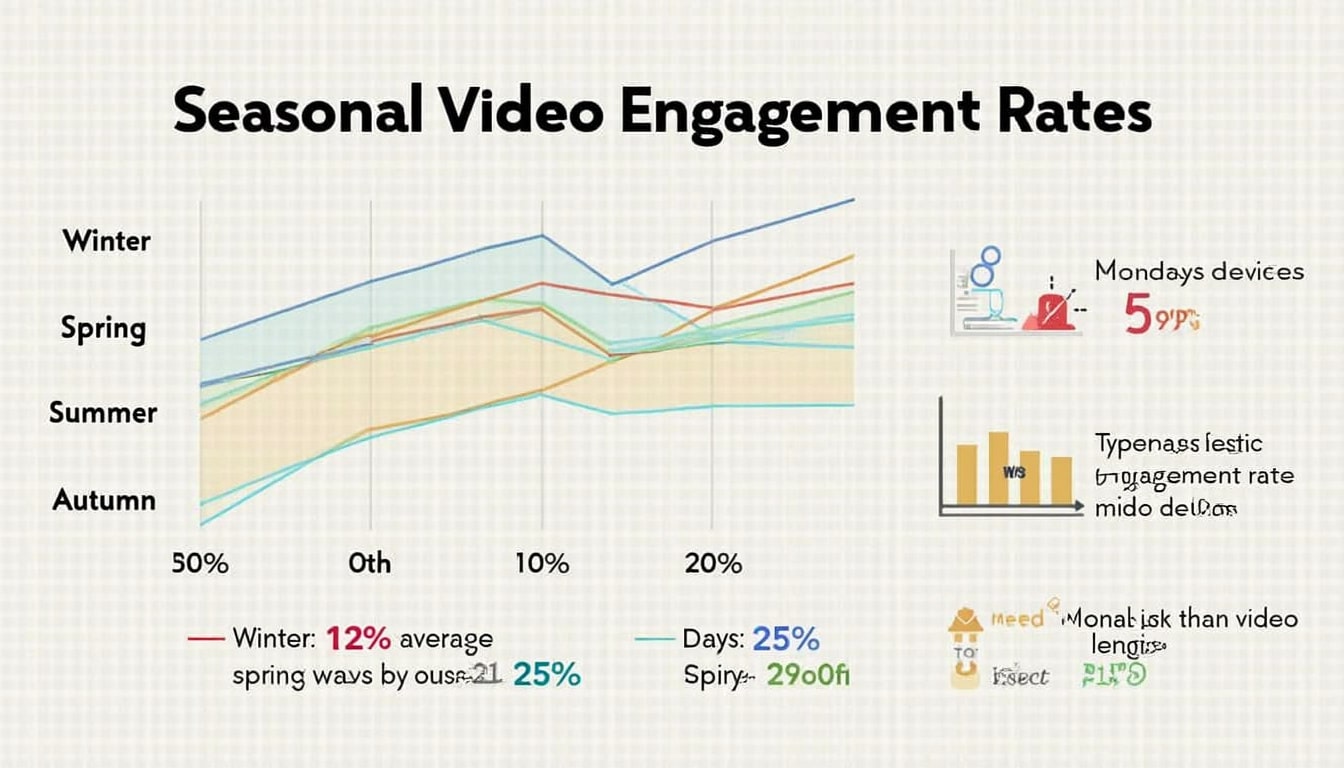As a content creator on YouTube, navigating the vast sea of video tags can be daunting. One prevalent question that often arises is whether to incorporate seasonal tags in your videos. Seasonal tags can significantly enhance the visibility of your content, especially during peak times when viewers are actively searching for specific themes or trends. Understanding the importance and strategy behind seasonal tags will not only help in reaching a wider audience but also in making your content more relevant and engaging.
The Significance of Seasonal Tags
Seasonal tags are targeted keywords that correspond with specific times of the year, events, or holidays. They can include terms like ‘Christmas cooking recipes’, ‘Summer beach activities’, or ‘Halloween DIY projects’. By leveraging seasonal tags, you can align your video content with what viewers are actively seeking, thus increasing your chances of appearing in relevant searches. Moreover, seasonal content often sees a spike in interest and engagement as it resonates with users’ immediate interests.
Understanding Audience Behavior
Knowing your audience’s behavior during different times of the year can guide your tagging decisions. For instance, in December, a cooking channel might thrive by using tags related to holiday meals. Likewise, a fitness channel might want to focus on tags relevant to New Year’s resolutions. By monitoring trends and patterns, you can better position yourself to produce content that meets these changing demands.

Types of Seasonal Tags
Holiday-Specific Tags
Tags tailored for specific holidays are among the most sought after. For example, videos about Thanksgiving recipes or Valentine’s Day gifts attract viewers who are preparing for these events. Incorporating relevant tags maximizes your chances of being discovered by those searching for holiday-related content. This approach allows content creators to become a valuable resource during critical periods for their audiences.
Seasonal Events Tags
Events like graduation season, summer vacations, or back-to-school preparations offer great opportunities for seasonal tagging. These tags can vary depending on local events and specific trends, so staying updated on current interests is vital. A travel channel can leverage tags related to summer travels, while education channels can utilize tags relevant to new academic years to capture search traffic during these peak times.

Benefits of Using Seasonal Tags
Enhanced Discoverability
Incorporating seasonal tags can significantly enhance your video’s discoverability. When users search for trending topics relevant to a season, your videos can appear prominently in search results if they’re tagged correctly. This increased visibility often translates to higher click-through rates and engagement, ultimately benefiting your channel’s overall performance.
Improved Engagement Rates
Videos that resonate with seasonal trends tend to garner higher engagement rates. Viewers appreciate timely content that reflects their current interests, leading to more likes, shares, and comments. By tapping into the emotional aspect of your audience’s seasonal feelings, you’re more likely to create a connection that fosters loyalty and enhances your community.

How to Effectively Integrate Seasonal Tags
Research Seasonal Trends
Tools like Google Trends and YouTube Analytics are invaluable for tracking seasonal interests. By researching what terms are gaining traction during specific periods, you can fine-tune your tags to match current searches. Having a keen insight into what your audience seeks empowers you to align your content accordingly.
Create Relevant Content
Creating content that aligns with your seasonal tags is essential. If your tags suggest holiday recipes, your content should focus on that theme. Misaligning your tags and content can lead to viewer disappointment and poor retention rates. Make sure that your video not only uses the tags effectively but also delivers valuable and engaging content.

Potential Pitfalls of Seasonal Tags
Over-Tagging
While it may be tempting to use multiple seasonal tags, over-tagging can do more harm than good. Ensure that your tags are relevant and precise. Misleading tags can cause your content to be penalized by YouTube’s algorithm, leading to decreased visibility.
Neglecting Analytics
Regularly reviewing your video’s performance is crucial. Ignoring analytics can prevent you from understanding whether your seasonal tags are yielding the desired results. Engaging with analytical tools is vital for fine-tuning your tagging strategy and ensuring ongoing success.

Incorporating seasonal tags into your YouTube strategy can profoundly impact your content’s visibility and engagement. Understanding how to leverage these tags, while avoiding common pitfalls, allows creators to connect effectively with their audience. As trends shift throughout the year, remaining adaptable and mindful of seasonal interests is key to thriving on YouTube.
